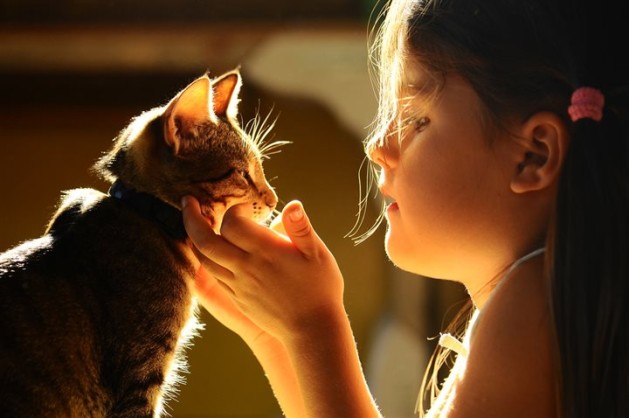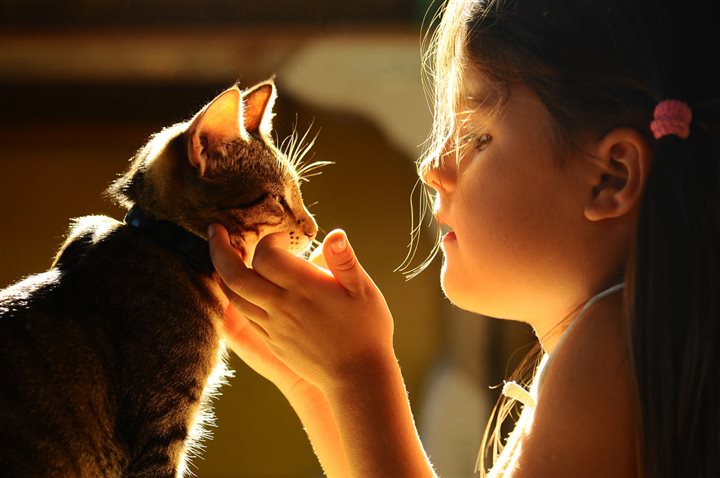
Whether a loyal pal like Lassie is what you’re looking for, or a Garfield–like couch potato is more your speed, a pet can make a wonderful addition to your family. But there is more to choosing a new pet than simply falling in love with a cute face. Making an informed and well-researched decision can lead to a happy home life for both you and your pet.
“One of the most important things to know is that all pets are awesome. They have the potential to be great family members,” says Tracey Kitching, veterinary technology instructor at Argosy University, Twin Cities. “It all boils down to what you want the animal for, the demands of the animal, and the husbandry and expenses associated with that animal.”
“The priority is the family needs to decide the type of time they have available for the animal,” says Paula Lind, department director of Veterinary Technology at Argosy University, Twin Cities. “The family also needs to look at its capability to provide the appropriate exercise, living quarters and temperament. Sometimes people are mismatched with the animals they choose, and shelters are filled with young dogs that did nothing wrong. They were just a poor match for their owners.”
The energy of the animal is an important factor to consider. “For any species, understanding how much energy that animal has is important,” says Kitching. For example, a border collie wouldn’t be good for people working 16 hours a day, while great Danes tend to make great apartment dogs since they generally lay around a lot. Your family must be able to meet the energy needs of the animal.
Lind says that if you work long hours, a cat would be a better choice than a dog, but it’s important to remember that cats also need companionship. For families that aren’t home much, a fish, hamster, gerbil, rat or ferret would be better choices, says Lind. Puppies will require exercise and obedience training, which will require more time than an older dog or other types of animals.
Temperament is another key area, especially when looking at breeds of dogs. People often look at puppies as the ideal dog for their small children, but Lind says this isn’t the case. She wouldn’t recommend a puppy for children younger than 5, and adds that the puppy cowering in the back of the litter is the worst to pick for children.
The cost of owning a pet goes beyond the initial purchase of the animal. Kitching says an animal like a hamster will require an initial purchase of a cage, wheel and food, while a dog will require a collar, leash, obedience lessons, a kennel and food, among other things. The amount an animal eats will also greatly affect the cost of ownership.
All animals should be seen by a veterinarian at least once a year. “A relationship with a veterinarian is just as profound as a relationship with a lawyer or regular doctor,” says Kitching.
Don’t forget to look at the health of your own family. If you have individuals with allergies, certain breeds and species of animals are better. There are even dogs that are hypo-allergenic. Lind says to think about how clean you want your home if you are bothered by cat or dog hair. You can’t confine an animal to a mud room or basement.
Before deciding on any pet, research is key. “The biggest thing is you have to do your research and think about the needs of the animal. It’s not about you, it’s about the animal,” says Lind. “It’s going to need your time, love and attention.” For dogs, talk with breeders, people who own that breed, and research breeds on sites like the American Kennel Club website, which contains info on all breeds of dogs. If you’re adopting an animal, Lind says many rescue groups and shelters do an excellent job of assessing temperament. These shelters will know if an animal is good with children and other animals.



